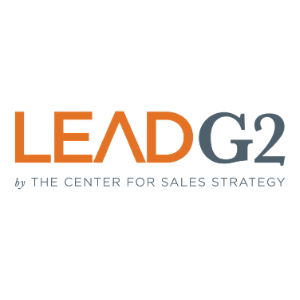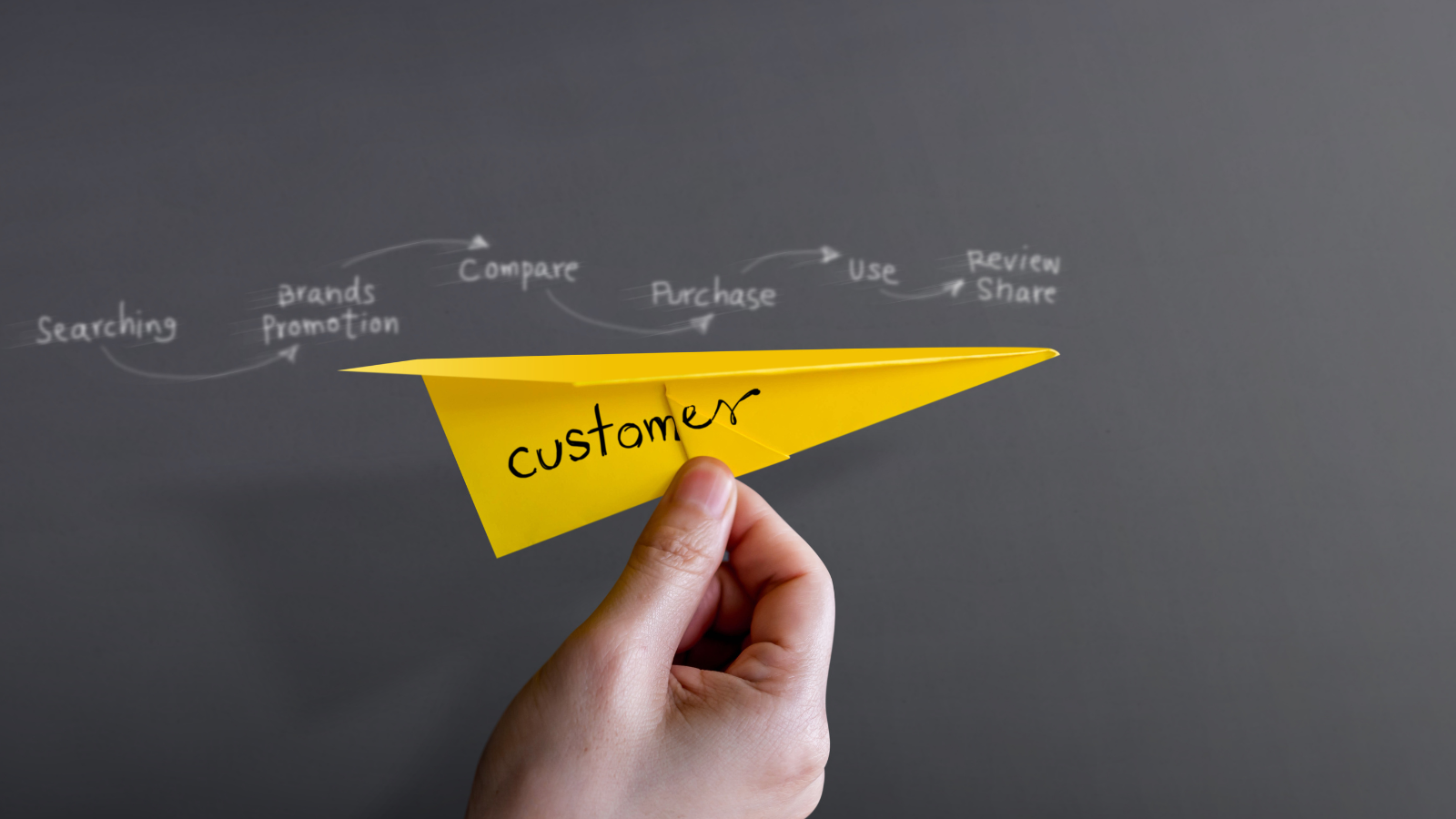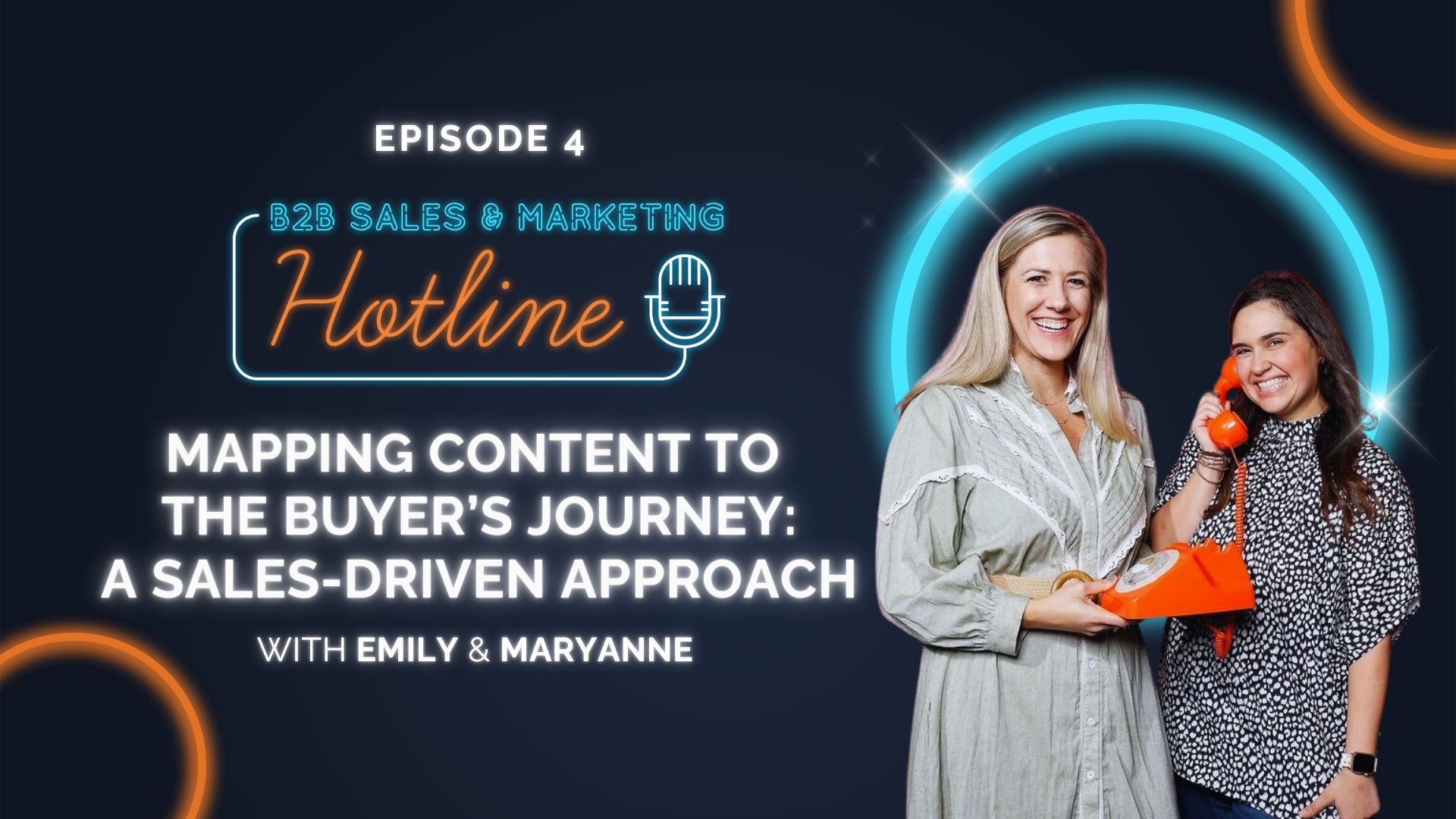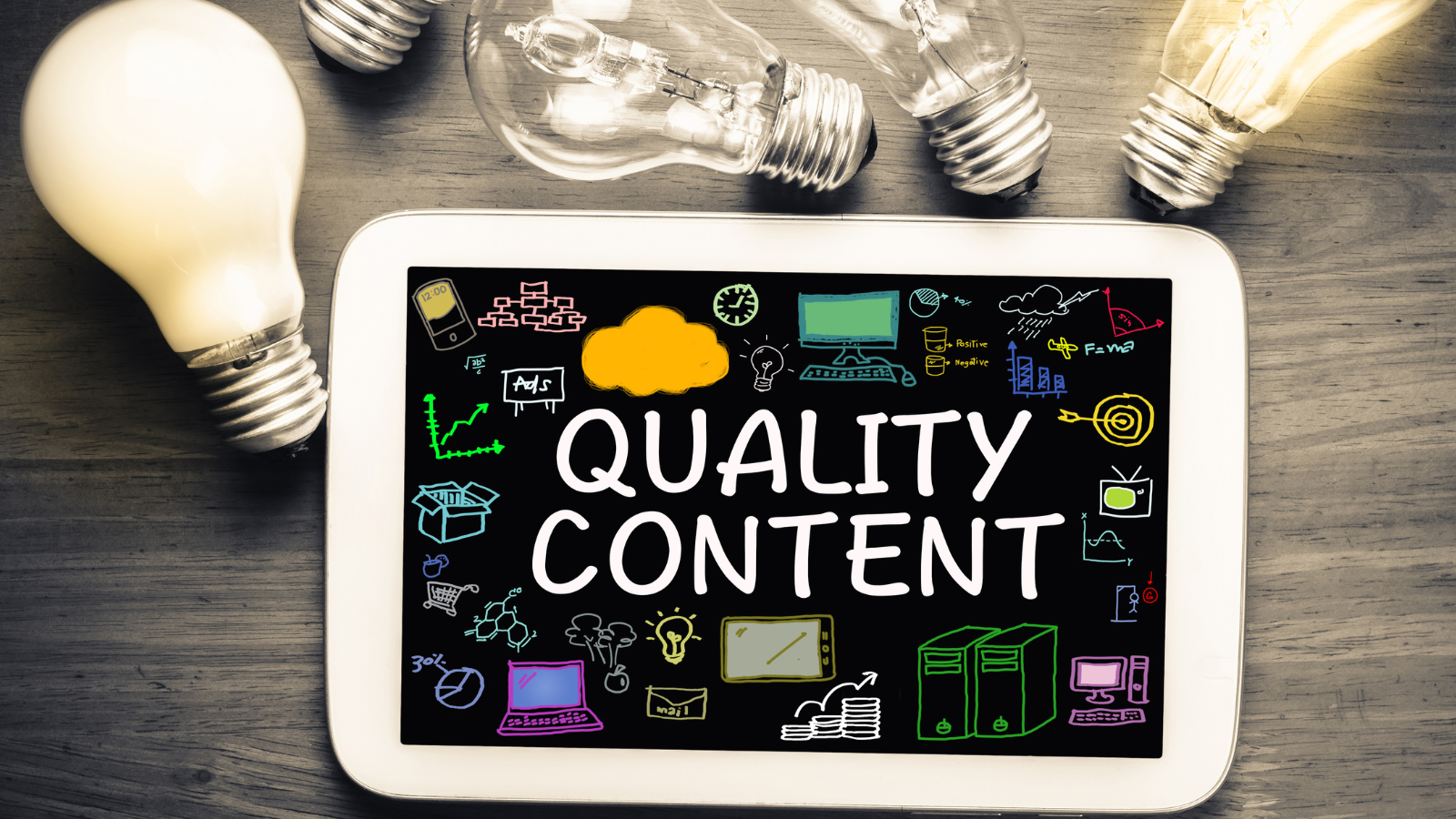1 min read
From Leads to Loyal Customers: How Lead Nurturing Can Transform Your Business
Are you struggling to turn your leads into loyal customers? If so, it's time to explore the power of lead nurturing. Simply generating leads is not...
2 min read
 LeadG2
:
February 8, 2024
LeadG2
:
February 8, 2024


The buyer's journey consists of three distinct phases—awareness, consideration, and decision.
In the awareness phase, potential customers become aware of their needs and challenges.
During the consideration phase, they actively research and evaluate different solutions.
Finally, in the decision phase, they make a purchase decision.
Crafting content that resonates with your audience at each of these stages is crucial. By addressing their specific pain points and offering valuable insights, you can build brand trust and establish yourself as a credible authority in your industry.
To guide prospects seamlessly through the sales funnel, it's important to provide relevant content that educates, informs, and addresses their concerns at each stage. Doing so can nurture leads and increase the likelihood of conversion.
In this blog, we'll explore strategies for creating content that not only effectively navigates the entire buyer's journey but also engages and converts prospects along the way. From creating informative blog posts to developing engaging videos and interactive content, we'll cover a range of tactics to help you optimize your content marketing efforts and drive tangible results.
The awareness stage marks the crucial starting point where potential customers first become aware of a problem or need. At this stage, your goal is twofold: not only to increase brand visibility but also to establish yourself as a reliable and trusted resource. By providing valuable information, insights, and solutions, you can effectively capture their attention and lay a solid foundation for further engagement in the customer journey.
To create compelling content during this phase:
Educational Blog Posts: Craft insightful blog posts that address common pain points and provide solutions without explicitly promoting your product.
Engaging Social Media Content: Utilize platforms like Instagram, Facebook, and Twitter to share visually appealing and shareable content. Create awareness through thought leadership, industry insights, and relatable stories.
Infographics and Visuals: Capture attention with visually appealing infographics that simplify complex concepts related to your industry.
Once potential customers become aware of their problem and enter the consideration phase, they start evaluating various available solutions. This critical stage is where your content plays a crucial role in positioning your product or service as a highly viable and effective option. By showcasing the unique features and benefits of your offering, you can effectively address their pain points and demonstrate how your solution perfectly fits their needs. This helps build a strong and compelling case for your product or service, increasing the likelihood of converting these prospects into satisfied customers.
To achieve this, consider implementing the following strategies:
In-Depth Guides and Whitepapers: Develop comprehensive guides and whitepapers that delve into industry-specific topics, showcasing your expertise and providing valuable insights.
Case Studies and Success Stories: Share real-world examples of how your product or service has solved problems for others. This builds trust and demonstrates your offerings in action.
Webinars and Podcasts: Host webinars or podcasts featuring industry experts to discuss relevant topics, positioning your brand as a knowledgeable and trustworthy source.
The decision stage is a crucial moment when potential customers are ready to make a purchase. It is vital to customize your content during this stage to effectively demonstrate why your product or service is the best choice. This is the perfect opportunity to provide detailed information, highlight key features, emphasize unique selling points, and address any concerns or objections that customers may have. By doing so, you can inspire confidence and trust in their decision-making process, ultimately leading to a successful conversion.
Key strategies to consider include:
Product Demos and Tutorials: Create videos or articles showcasing your product in action, highlighting its key features and benefits.
Free Trials and Samples: Offer free trials or samples to allow potential customers to experience your product firsthand before committing.
Customer Testimonials: Showcase satisfied customers through testimonials and reviews, building confidence in your product or service.
Tailoring your content to the unique needs and challenges of potential customers throughout their buyer's journey creates a seamless and compelling experience. By educating them about the problem, showcasing your offering's strengths, and making it easy to choose your product or service, you can guide prospects from awareness to decision. Continuously refine your strategy based on customer insights and preferences to build strong, lasting relationships.
*Editor's Note: This blog has been updated since its original post date.

1 min read
Are you struggling to turn your leads into loyal customers? If so, it's time to explore the power of lead nurturing. Simply generating leads is not...

In this episode of The B2B Sales & Marketing Hotline, Emily and Maryanne explore how to go about mapping content to the buyer's journey. Whether...

If your blog is supposed to generate leads—if that’s one of the most important goals you’ve set for your content marketing effort—then be certain to...